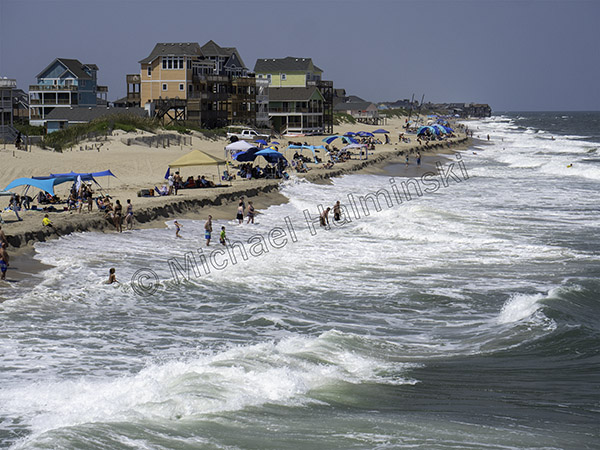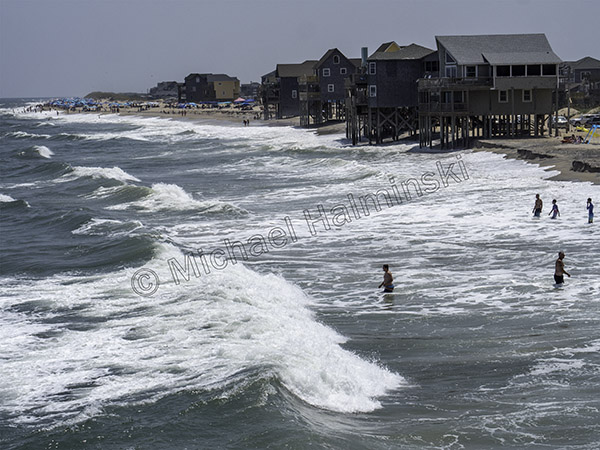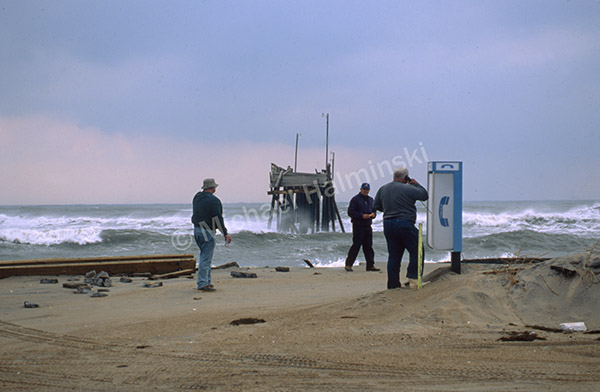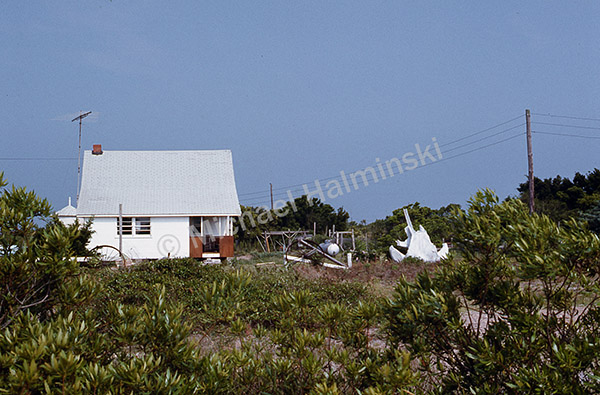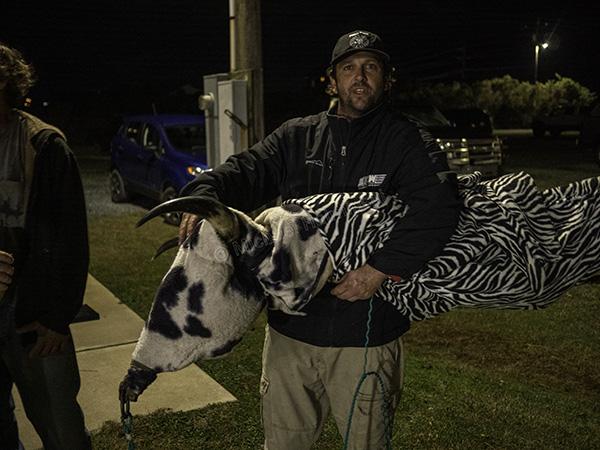Summer season has peaked and there’s plenty of activity on Hatteras Island. It seems our beaches are being enjoyed by more visitors than ever.
Looking north from the deck of the Rodanthe Pier recently, I noticed a distinct line drawn in the sand from a high tide. Beachgoers almost seemed defiant, setting up right next to it. Occasionally a wave would wash a bit higher, causing groups to retreat.
With more oceanfront cottages collapsing into the sea lately, I saw some symbolism here. The south view from the pier illustrates a more serious issue. I can understand folk’s desire for a castle in the sand, but get too close and eventually there’s hell to pay.

